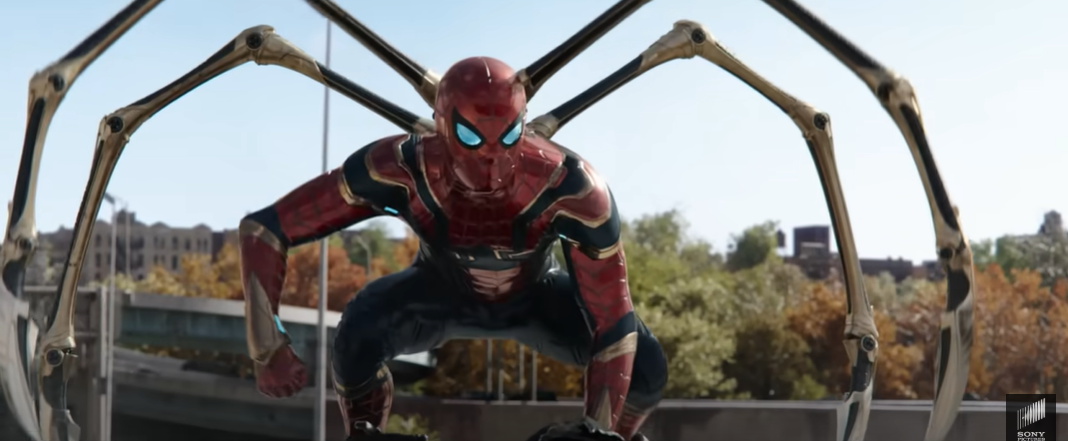15. SAP2000 V.20 - Flat Slab Part 2 of 2
#SAP2000 V.20
Our Facebook Page: http://bit.ly/34e7uEY
For Contacting Through WhatsApp: https://bit.ly/3cvF65S
Facebook Account of Engr. Abdullah: https://bit.ly/3dRUaep
Thank you For Supporting Us.
Video Summary & Chapters
No chapters for this video generated yet.
Video Transcript
Now we will solve the problem and get the result of the flat slab
I will solve it by clicking here on run and see the result of the model
This is what gets the coins we need to use.
Then, it says run now, so it tells you to save the file.
So, we're going to make a file called flat slab.
Okay, great.
So, what does it do now?
It will run and after it runs, it will show the results.
Now, this is the view, to see the deformed shape, it will bring the 3D.
This is the view, look, it is with me now, if we start to move it,
you will notice something, if we go there, and zoom in,
you will see that the two connectors have a point here,
The points here are connected to each other, and the points here are connected to each other.
These are the shear walls that we made them to be straight.
If you want to get a deformed shape, you can press X and Y to see if the deflection is straight or not.
Do you remember the numbers that we got last time? The deflection was about 28 cm.
This is a very small number.
Because the statistical system was wrong.
Let's see if these numbers will be corrected or not.
I will show the working.
Tell it to draw a contour to draw in the direction of z.
Because the deflection is x and y, so the deflection will be in the direction of z.
Tell it to apply and tell it ok.
Look how much the deflection is going from the left and right.
1.5 to the limit of 5.
The last deflection is 5mm.
This 5mm is safe or unsafe?
The deflection you have is called the delta action.
You compare it with the delta allowable which is L over 250 or L over 450.
It will be safe.
The deflection here is safe.
When we look at it, it is clear that the deflection was big in this area.
Not big, but more than the rest of the ballast.
Why do you think?
Because look here, the world is here, look from here, the life is here, a very large space, and this large space has nothing next to it, so you will find that the deflection increases in this view.
After that, we want to do what?
Focus on this part, I want to get the reactions.
So, the first thing I did was deflection.
The second thing I did was reaction.
To get the reaction, I go to the joint.
I will choose the ultimate.
Focus on this part, then you connect with it.
And you say apply.
And you say ok.
So, you did the reaction.
You can bring it to 3D.
It will start to appear in this small view.
So, from the option, dimension tolerance, you tell it how many? 15 and 10, these are phone size, you tell it, ok, so the numbers start to grow with you a little.
If I bring a simple example, we want to look at this story. This is a column on the side, so as you can see, its reaction is small, but the middle column has a large reaction.
Is this right or not?


 Install Tubelator On Chrome
Install Tubelator On Chrome






